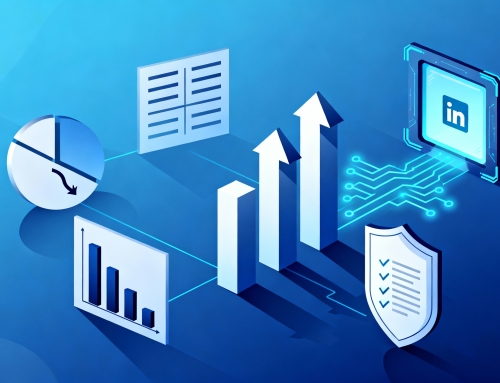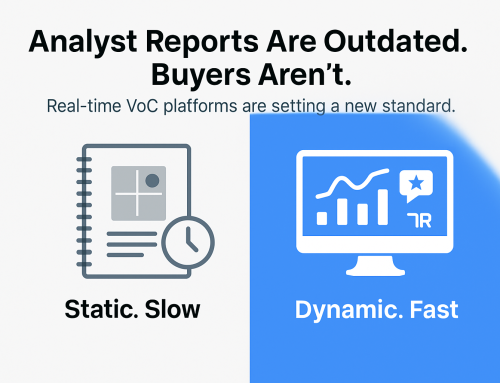
Your Best Customers are Drowning: Time to End the Reference Deluge
Enterprise tech vendors risk exhausting their top customers with endless reference requests, causing “reference fatigue”. Today’s approach is unsustainable and must change.
Today, enterprise tech vendors rely heavily on a pool of advocates at their top customers. Gartner Peer Insights alone requires 50–100 references per product or service each year, in addition to ongoing demand for sales calls, Customer Advisory Boards, Net Promoter Score surveys, PR requests and case studies.
This deluge of low-ROI requests (think survey write-ups and one-off reviews) alongside occasional high-value opportunities (early-access programs and CAB seats) can push even your most loyal customers to the brink.
Overload can Cause Reference Programs to Implode
Overload can lead to frustrated buyers demanding discounts or asking for special treatment. Meanwhile, vendors feel the pressure to maintain their position in the review charts.
The first step is pragmatic: stack rank every request, then ruthlessly cut the bottom 30-40% of activities that deliver the least payoff. If you’re not seeing any payback from driving reviews to a specific site, then stop doing it.
This will free your customers from the grind of transactional requests, allowing you to focus on strategic engagements that cement long-term loyalty.
How to Stop Crushing Top Customers with Reference Requests
- Quantify the Ask: Take a step back. How often is your average customer tapped per year between sales engagements, NPS surveys, case study interviews, Customer Advisory Boards, Gartner Peer Insights, G2, Net Promoter, CAB, early access programs, customer-to-customer validation, etc? It’s a growing list. Getting the big picture is an essential first step.
- Uneven ROI: Recognize that not all reference activities yield the same benefits. A seat on a CAB and early‑access programs give customers direct influence over your roadmap and provide highly prized access to senior leadership. But completing yet another GPI or G2 review (especially outside of the Voice of the Customer award qualification window), or filling out a Net Promoter Score survey? That’s work with virtually zero tangible payoff for your customer.
- Backlash in Action: When volume overwhelms value, customers push back. They ask for discounts, demand special treatment or priority support in exchange. The quid‑pro‑quo approach erodes margins and strains relationships.
A Pragmatic First Step: Trim the Bottom 30-40%
Score by ROI: Assign a simple score based on customer payoff:
- High (8–10): Direct product influence, roadmap previews, elite advisory boards, customer-to-customer advisory
- Medium (4–7): Video testimonials, media announcements, GPI and G2 reviews in high-focus markets (for example, where Voice of the Customer recognition is up for grabs)
- Low (1–3): Standard reviews for GPI, G2 and so on, surveys with minimal visibility and those lacking apparent payback
Stack‑Rank & Cut: Eliminate or automate the lowest 30-40% of requests (those scoring 1–3) to immediately relieve customer fatigue and signal that you value their time.
###
Need help in triaging your customer requests? Let’s talk!






